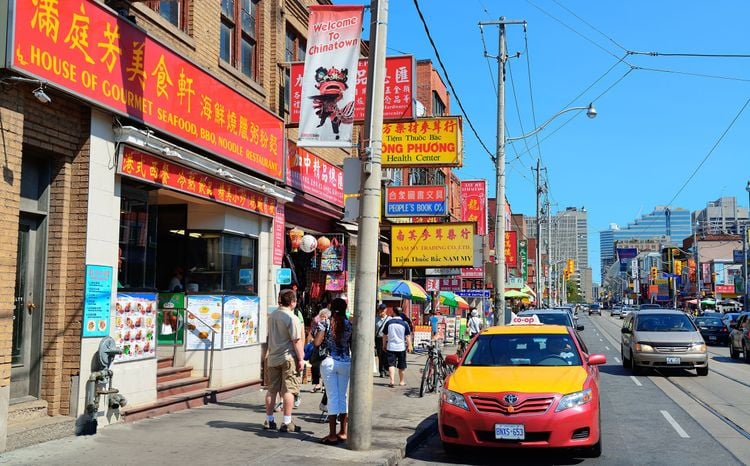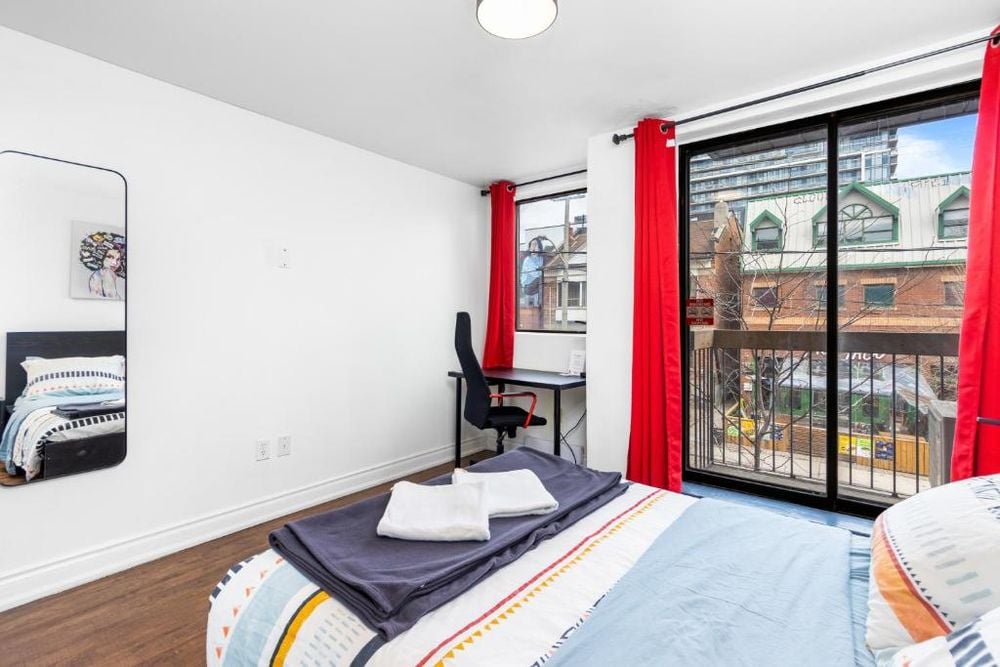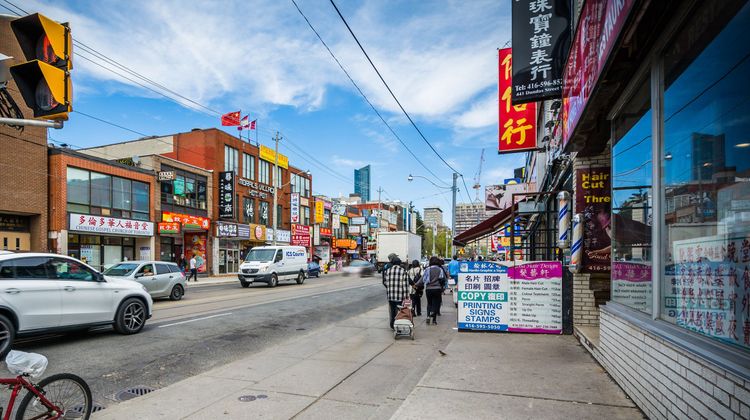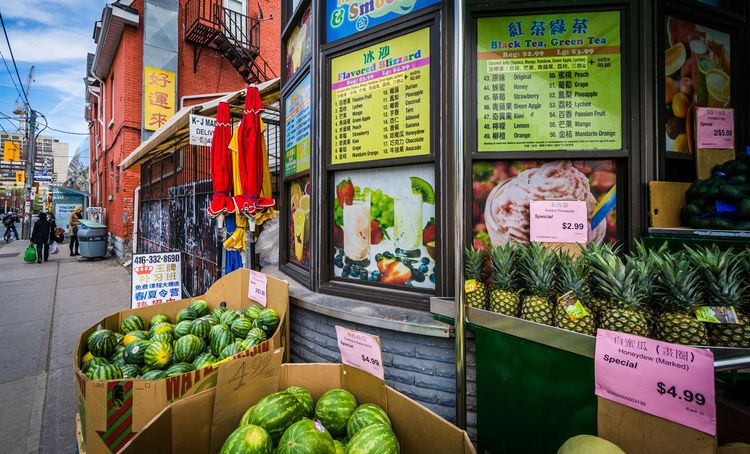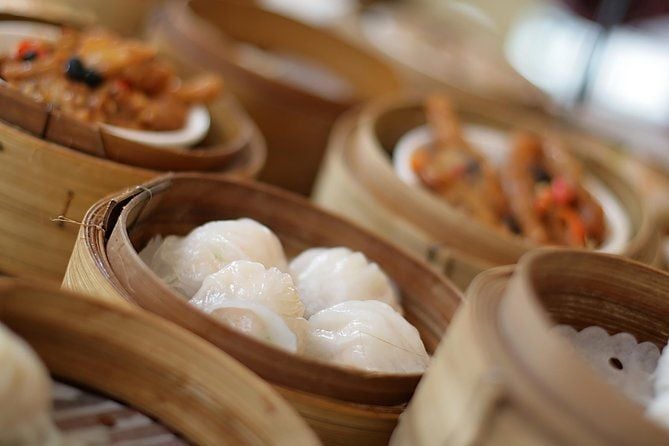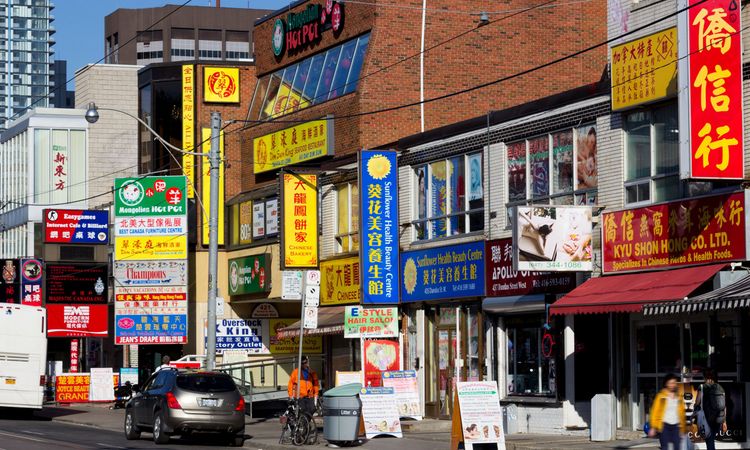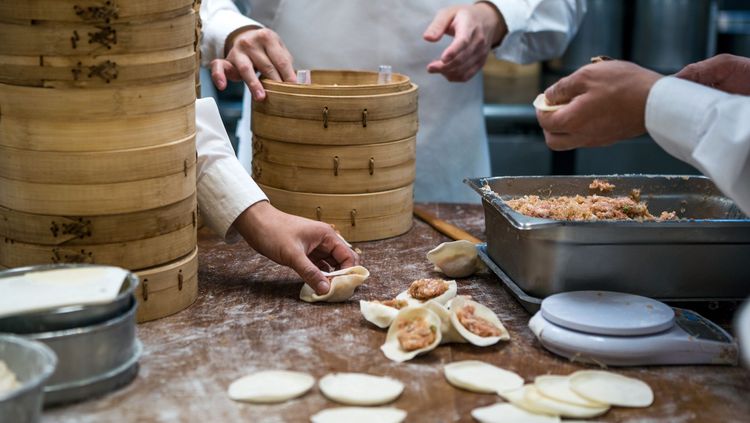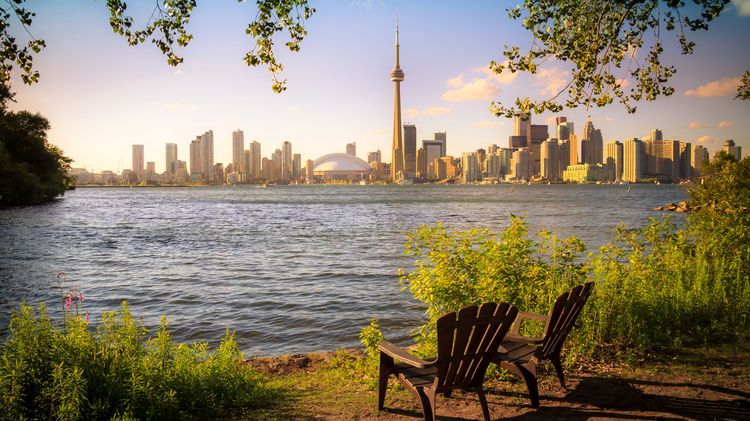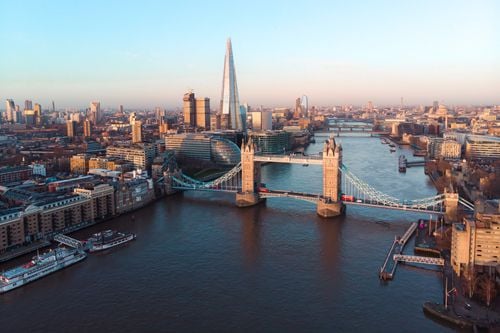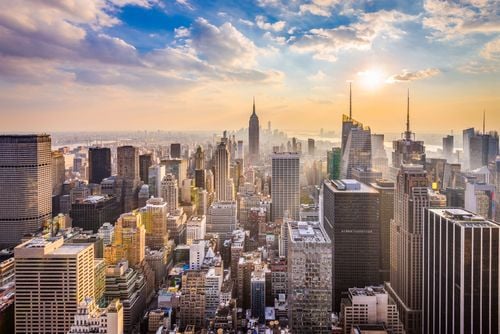Since 1878, when San Ching, the first Chinese resident, was registered in Toronto, the neighbourhood has continued to evolve. As Canada has welcomed waves of immigrants, the cultures, customs, languages and cuisines of Chinatown have naturally changed and evolved.
A large number of Chinese-Canadians were called upon to help build the railways in British Columbia. After that, in the 1880s, they suffered persecution and discrimination and were forced to flee eastwards. Toronto is a welcoming place, so much so that today Toronto's Chinatown district is the largest in North America.
